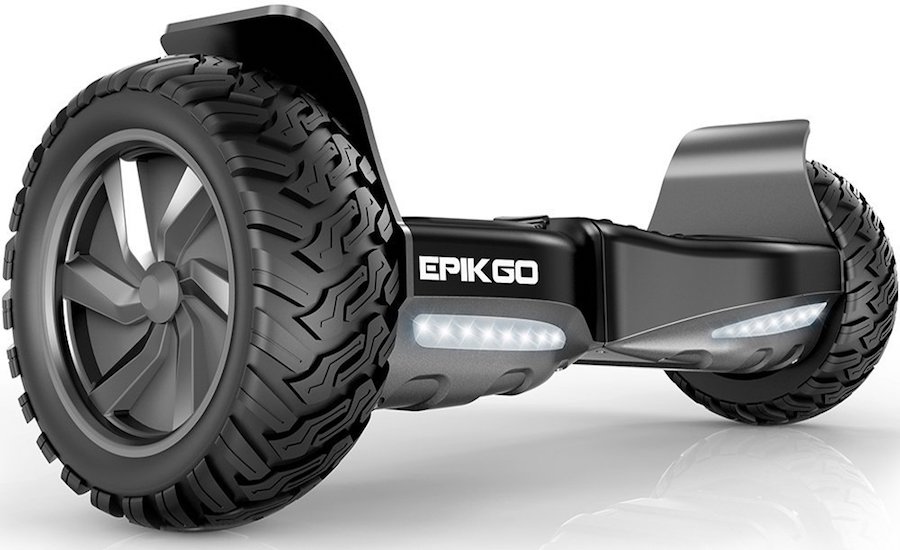By Ian Chiu
Make way for USB 3.0. While USB 2.0 (released 7 years ago) has improved performance tenfold, it hasn’t been close to the speed demon many had hoped. Tweaks to chipset and controller helped boost the effective transfer rate closer to 40MB/s… yet this is still a far cry from 3Gb/s eSATA and FireWire 800. So Intel saw the need for an overhaul of the serial bus standard, and has re-written the aging interface specs to match or surpass the aforementioned competitors. In 2008, the chipzilla went where no USB has gone before: commonly known as SuperSpeed USB, the latest USB 3.0 specs offers 4.8Gb/s theoretical maximum bandwidth; full-duplex data interface; 50% more bus power over the same cable; highly efficient power management for idle devices; better bulk transfer performance; and most importantly, backward compatibility with legacy devices.
Clearly, a lot has changed, and this brings confusion and questions. A new USB 3.0 FAQ posted by Everything USB now attempts to address the most common questions about the more significant upgrades in the entire history of the USB connectivity standard. It discusses how USB 3.0 is able to achieve the things that are listed above. The 2700-word FAQ is written mostly in plain English so you won’t be bombarded by jargon and acronyms.



